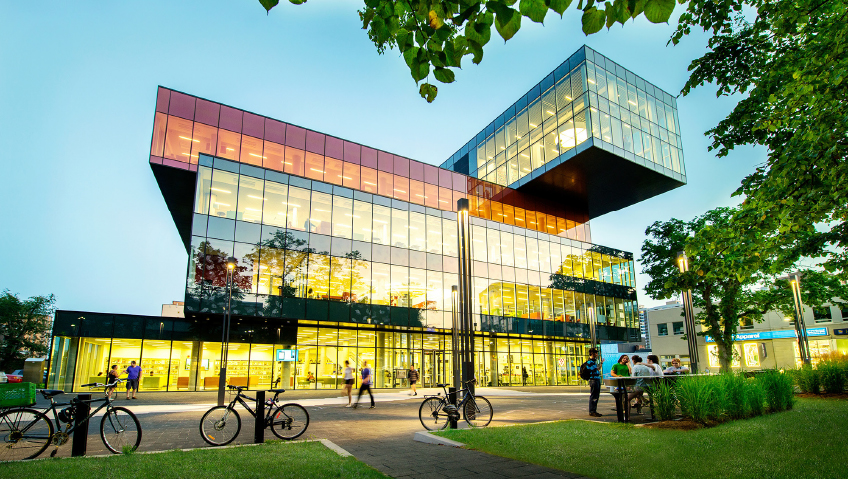The world of social media is like ever-shifting sands. No sooner had the world become almost blasé about the global reach that the internet afforded everyone from local school students busking on YouTube to multinational corporations shipping specialist parts to technicians in Africa than we had to figure out the difference between brand ambassadors and influencers.
Those definitions are, for those who are wondering, defined as the difference between a longstanding brand partner who uses the products they promote and a first-time user or short-term brand relationship based on one or a handful of social media posts by an influencer with a following that aligns with the company’s desired consumer demographic. Influencers may not even have used a product prior to featuring it to an audience of their followers.
A joint Kurio-thenetworkone study from earlier this year that looked into social media marketing trends showed that, instead of the world turning into an ever-growing big-brand shopping mall, quite the opposite is happening. While many big brands are indeed growing, the emergence of an independently produced or ‘indie’ economy is also taking shape.
Rather than ordering from well-known international brands, the hottest trend is to support local producers of often artisanal goods. Moreover, the phenomenon is sweeping across several markets, including beauty, fashion, and food. Consumers are hungry for connection, and with that, communities are developing around smaller brands that offer more of a personal touch.
One niche market that seems to have developed rapidly thanks to social media and the influence of beautiful images on platforms like Instagram is that of small personal care brands. From soaps to lotions and beard balms, there appears to be no end to new independent beauty brands hitting the market with solutions to skincare issues from psoriasis to acne. All one has to do is Google ‘Indie brands 2022’ to see a flurry of beauty pages roll up.
The research campaign published in January this year by Kurio, a social media-driven creative agency in Helsinki, Finland, in collaboration with thenetworkone, an agency network home to around 1,200 agencies across nearly 120 countries, brought a few interesting insights to light. The in-depth study interviewed twenty-five social media experts representing twenty-one top independent agencies from around the world who offered their insights at the end of last year.
And the results are nothing short of fascinating, revealing that the “influencer economy is booming,” and as it grows, it is also evolving. From influencing to content creation, niche content creators are taking social media and stores by storm and brands had better sit up and notice. Brands are beginning to see the value of engaging influencers.
Longer ambassador relationships continue to dominate over one-off influencer relationships. The demand for a sense of genuine connection, continuity, and the personal relationship that influencers and ambassadors have with specific products influences consumers to buy. Consumers appear to be well and truly tired of regular sales pitches.
This has also been noted by Kevin Fernandez, the social media producer for Adolescent Content (U.S.) and a study contributor. “As a Gen Z marketing agency, we know that younger consumers have an aversion towards being ‘sold to.’ By using an organic approach, we are fostering an authentic connection with our community at scale,” he told Kurio researchers.
It turns out that, thanks to its short-form video capabilities, TikTok will lord it over Instagram this year with an average of 1 billion users. “Most importantly, TikTok’s knack for virality will push it over the edge in 2022 as the social media platform for marketers to be on,” says Fernandez. Enterfive’s Social Media Manager Presh Hunder and Product Marketing Manager Jide Agbana told the report that TikTok’s main audience is GenZ, with median usage sitting at fifty-two minutes per day.
Social media marketing has also found its way into other corners of the internet. The Italian fashion house Gucci launched its virtual garden on Roblox, an international gaming platform in 2021. While this is certainly still a hugely underexplored marketing world, most consumers, at this stage, appear to prefer simplicity.
Short videos are increasingly touted as the favourite go-to for consumers in search of bite-sized portions of fast, easily digestible information, and finally, more older people are joining the online world since the advent of COVID-19.
To better facilitate the future of the influencer and content creator economy, media platforms are tuning into the traffic they bring, as follower loyalty appears to be more or less guaranteed. As a result, these companies are supporting influencers and content creators in earning good income from their online pursuits more easily.
But there is also another side to the influencer economy that is not always so visible. Global stars are photographed in outfits that are often copied and sent to market within hours of their appearance. And so, fast fashion provides a way for people striving for fame to share in short-lived, glamorous moments of make-believe. This trend, psychologists postulate, is the result of young people zoning out of strained real-life relationships and developing parasocial fixations on the lives of celebrities and lesser social media influencers.
The result is not always pretty. Some of these fast-fashion giants lure starry-eyed young people hoping for fame—and free merchandise—into becoming influencers. Such deals result in comparatively large purchases by aspiring and naive content creators and not much else other than free advertising for the label.
But there are also influencers with a much more down-to-earth approach, who rely on their wit and sense of irony, humour, and even hard skills to hold the attention of their followers and product suppliers. Considering the anxiety and authenticity issues that afflict influencers focused on appearing to live the high life, these people may have a far better and more sustainable career ahead of them.
What remains is that GenZ members and their younger siblings are far more interesting and complex consumers than advertisers have ever had to convince before. Perhaps these generations will continue to follow those they consider to be friends and mirror what they do and do not buy. Time will tell.






